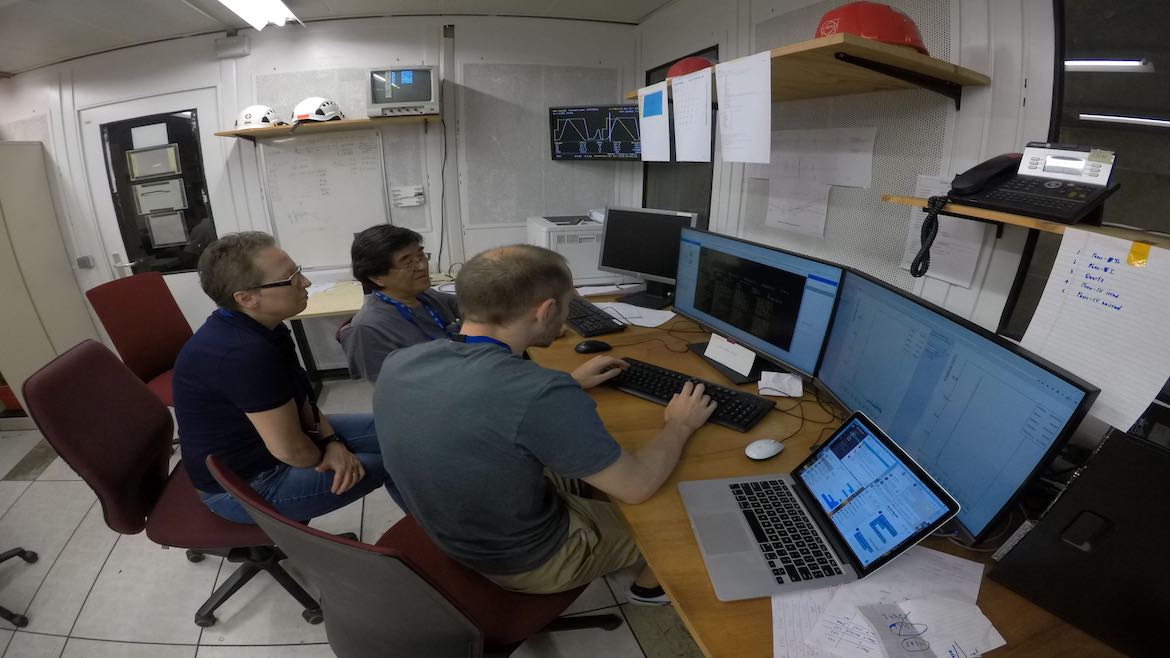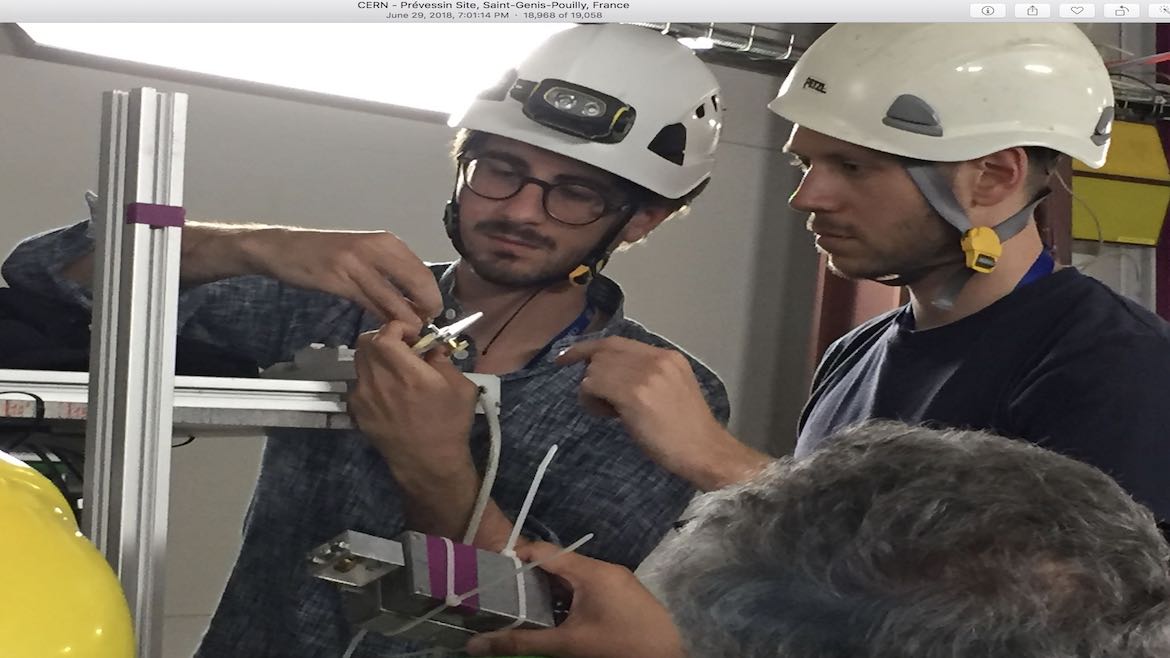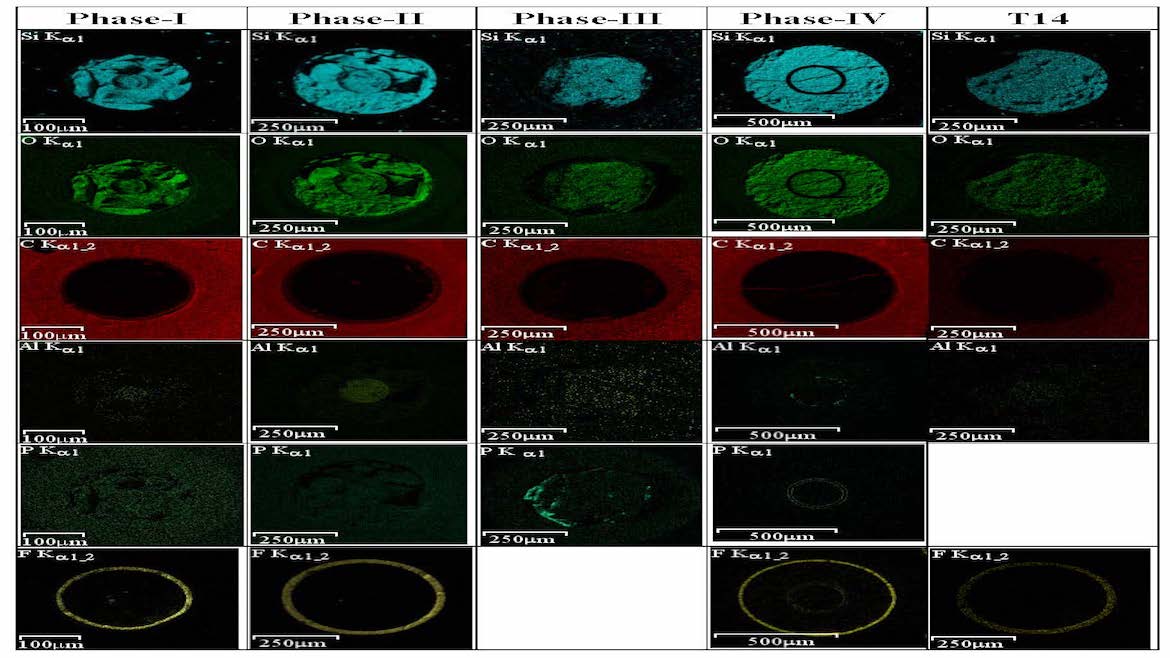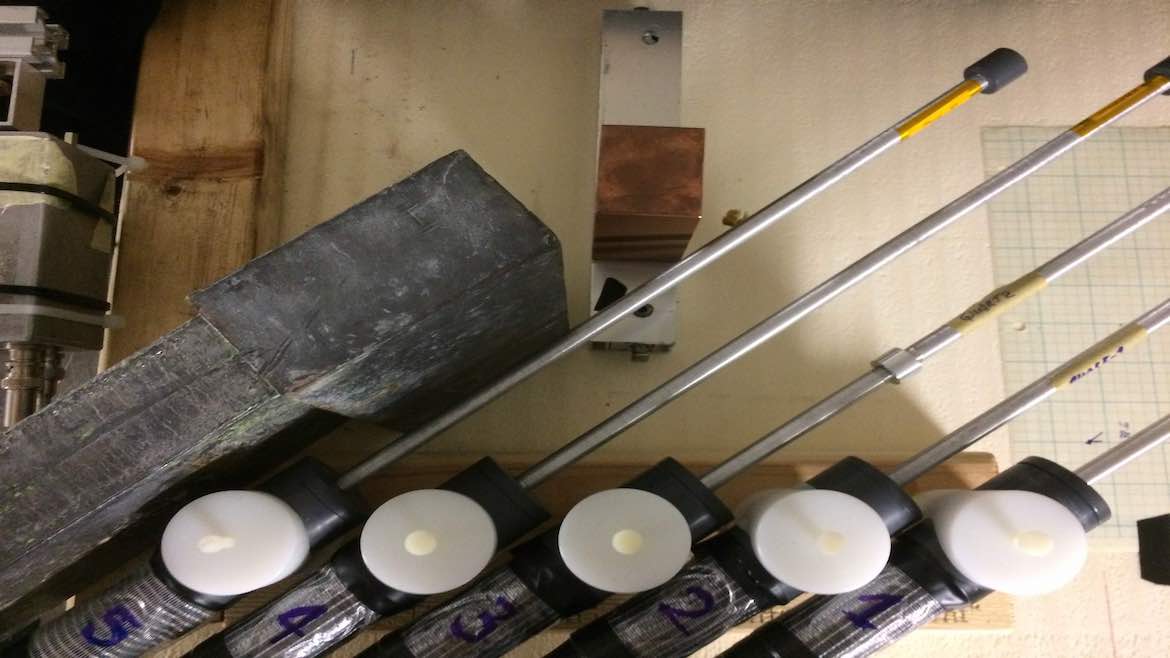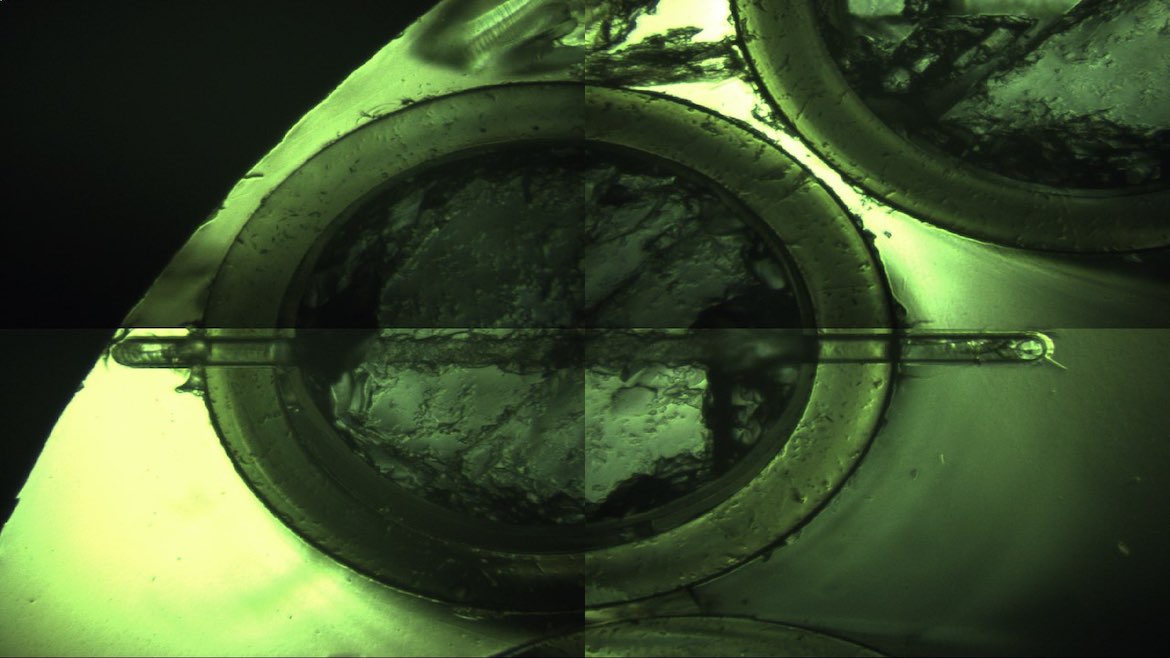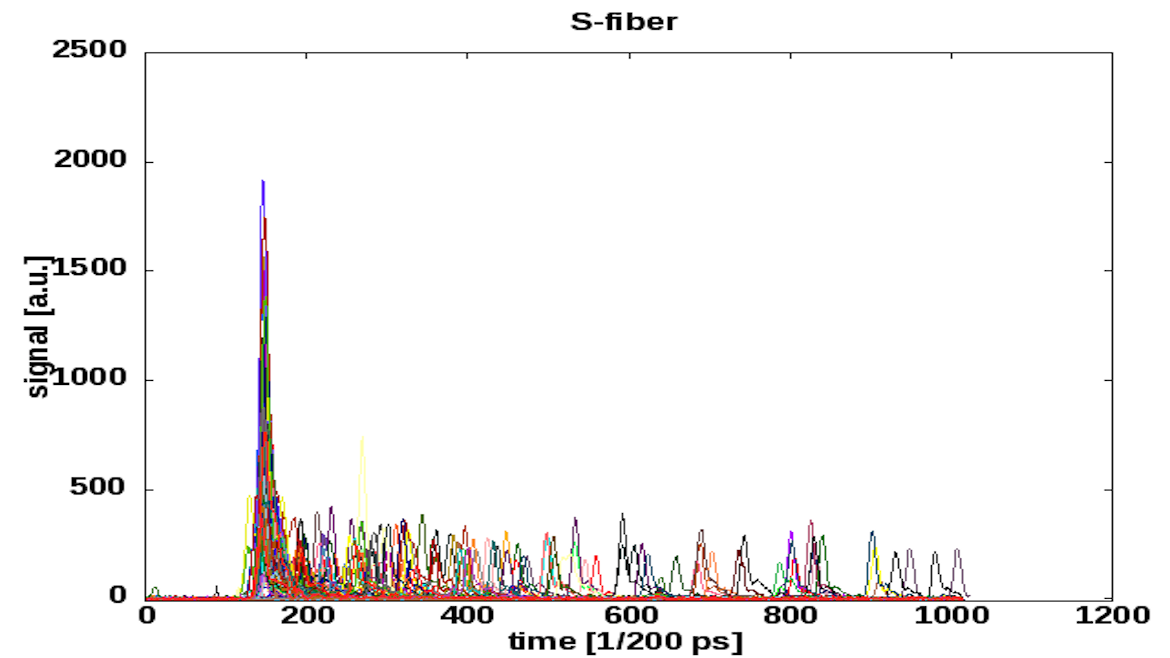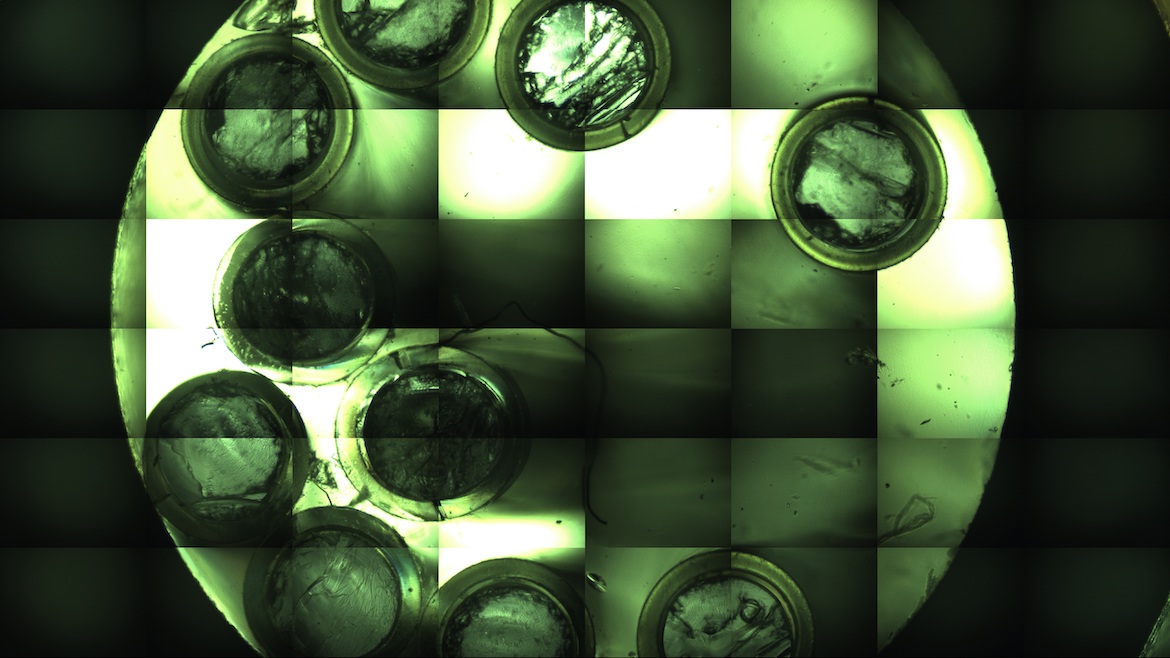Radiation-Hard Fiber R&D
Some of the more common materials in high-energy and nuclear physics experiments are the scintillators for detection of charged particles. Although these ubiquitous materials are extremely useful and versatile, they suffer degradation when exposed to moderate levels of radiation. Much has been written about the possible damage mechanisms of organic and inorganic scintillators, but a truly radiation-hard scintillator remains elusive today. The need for radiation-hard scintillators beyond what is available today is the primary reason why we explore cerium-doped fused-silica (SiO2:Ce3+) fibers. The clear fused-silica fibers, because of their superior radiation-hardness, are good candidates to host inorganic (rare-earth) scintillating dyes. The choice of cerium as a starting point in this research program was based on its apparent high light yield, its peak emission wavelength that is appropriate for standard PMTs or SiPMs, and its potential radiation hardness. Other rare earths may also be appropriate as dyes. Praseodymium, for example, is faster, with an emission peak at shorter wavelength compared to cerium.
Our continued R&D program in radiation-hard fibers started in 2015 with a US Department of Energy grant. We produced several prototype scintillating cerium-doped fused-silica fibers (some pictured above) in collaboration with Polymicro Technologies in Phoenix, AZ, USA. Our collaborators include colleagues from ETH-Zurich, Milano-Bicocca, INFN-Milano, INFN- Torino, and University of Akdeniz (Antalya, Turkey). We routinely use the irradiation facilities at Sandia, Los Alamos, University of Maryland, and ENEA in Rome.
Our work in radiation-hard optical fibers for particle physics applications goes back over two decades. We led the R&D activities in clear fused-silica fibers for the CMS Forward Calorimeters in the late 1990s. These fibers were "new" then but they are still performing beautifully at the LHC and providing high quality data. In 2004, Ray Thomas performed extensive tests on clear synthetic fused-silica fibers for his MS thesis. Some of the more recent studies with cerium-doped fused-silica fibers are summarized in Esra Kendir's PhD thesis and the publications listed below. We continue refining our fiber design and production in order to achieve truly radiation-hard fibers for a wide range of applications.
Advanced Particle Detector Laboratory
-
Address
TTU Advanced Particle Detector Lab, 1204 S Gilbert Dr, Building 557 Lubbock, TX 79416-2104 -
Phone
806.790.7444 -
Email
sonaina.undleeb@ttu.edu

